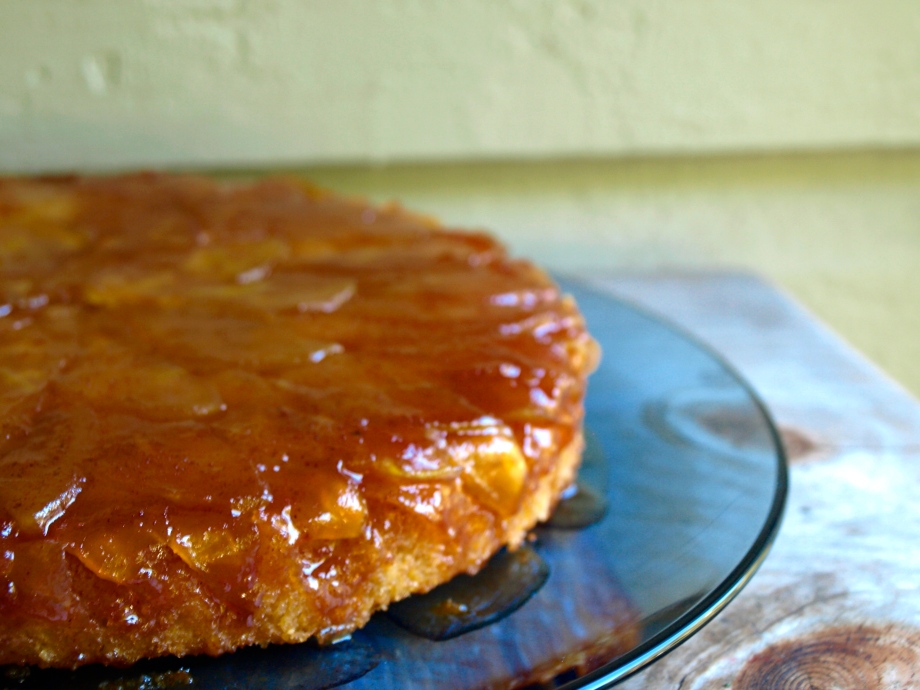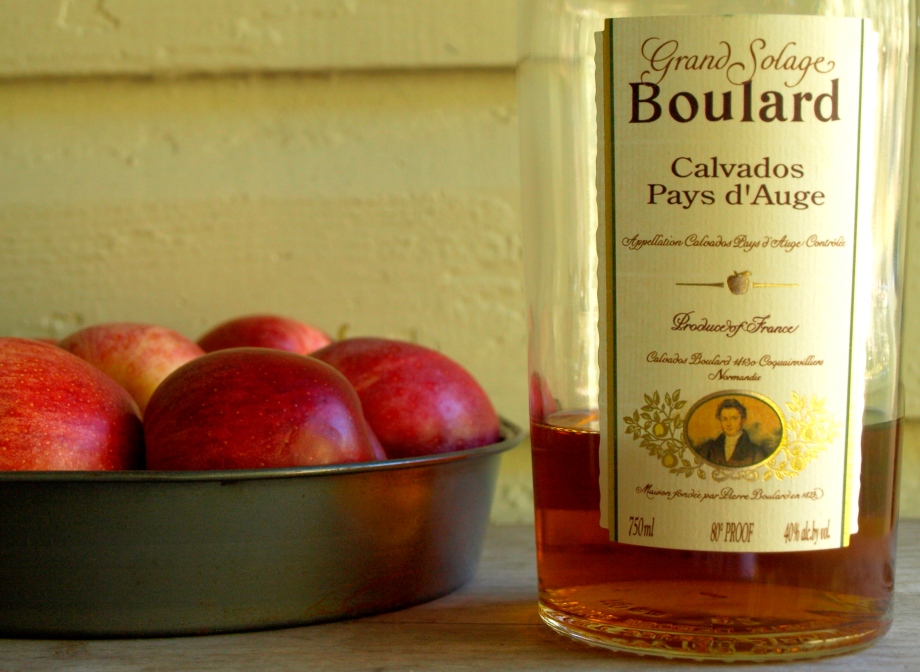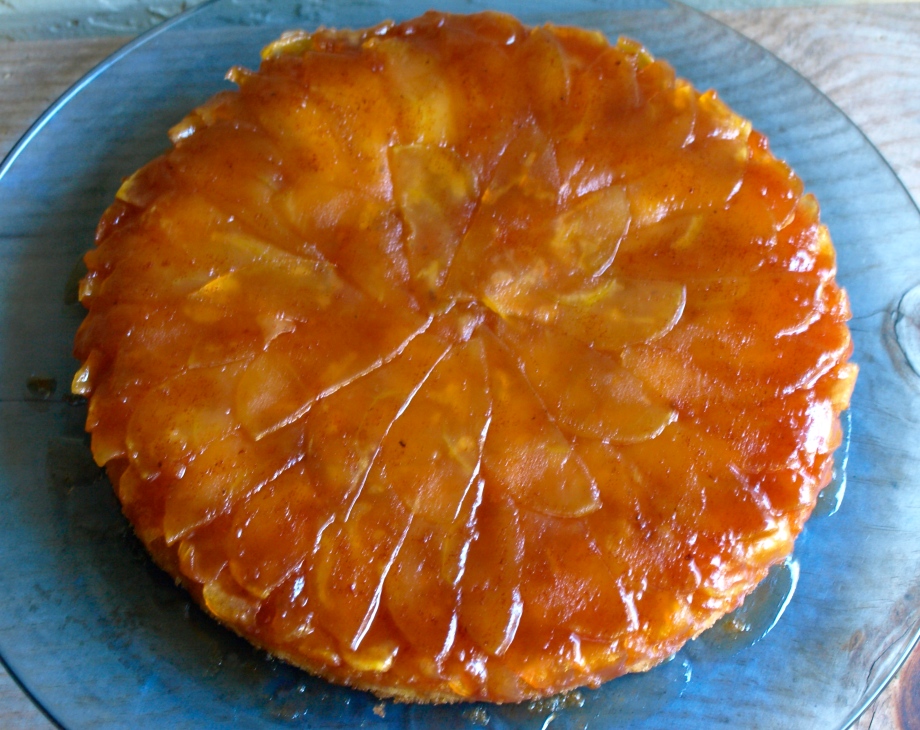My friend Adam has an annual memorial for his father by doing two of the things he loved best: having friends over and making potato pancakes. A lot of potato pancakes. I so look forward to this evening of carb-loading gluttony every year, the crispy fried pancakes yielding just enough room in my stomach for a Polish beer or two. This year, he asked me to bring dessert and I thought to try out something Polish as a nod to his heritage – szarlotka, an apple tart. Of course, I made sure with Adam that he was OK with me potentially desecrating his food memories with my attempt at a childhood treat. He was not only OK , he promised to probably be drunk enough by dessert time for it not to matter; Adam’s cool like that.
I used this recipe from Richard Sax’ Classic Home Desserts. The instructions were clear and the recipe/ingredients passed Adam’s authenticity test. Looked easy enough, just apples, cinnamon and a “cookie-like” dough. No rolling of doughs is a winning recipe in my book!
Whipping up the dough and cooking down the apples was rather easy. The challenge was that the book’s photo for szarlotka shows a beautiful latticed tart. What I found out instead, however, is that the “cookie-like” dough is as wet and sticky as, well, cookie dough and therefore does not lend itself to making delicate lattices no matter how many times you try to chill it (or however many hours of sleep you lose trying). In the end, I threw the rest of the dough on top of the apples and pieced it together as best I could. Once out of the oven, it didn’t really matter. Lattice or no, the tart looked golden and the aroma of cinnamon and apples filled up my kitchen.
When I brought it to Adam’s, having gorged on potato pancakes until we could all undo a belt notch or two, he brought out dessert. I told him my lattice woes and apologized for the results. He thought about it for a moment, and stated that he doesn’t remember szarlotka even having a top crust let alone a lattice. Excellent!
Oh and how did it taste? Well the “cookie-like” dough sure does taste like a chewy sugar cookie, sweeter and more crumbly than regular pie crust. The apples are not dressed up in anything too fancy, and the filling was like a chunky applesauce – not particulary distinctive, but comforting all the same. I do think the top crust adds some needed structure and texture, but if I make it again (and that would only be per Adam’s request) I’m just going to toss the whole thing on top and get more sleep next time.
Polish Apple Tart (Szarlotka)
Classic Home Desserts, 2010, Richard Sax
Dough
1 2/3 cups all-purpose flour
2/3 cup sugar
1/2 teaspoon ground cinnamon
Pinch salt
1 large egg
2 tablespoons vegetable oil or unsalted butter, melted
1/4 cup milk
1 teaspoon pure vanilla extract
Filling
6 large apples (3 McIntosh and 3 tart apples, such as Granny Smith, about 2 pounds total), peeled, cored, and cut into 1-inch chunks
1/4 cup sugar, plus more for sprinkling
1 teaspoon mixed spices (ground cinnamon, ground mace, ground allspice, fresh-grated nutmeg, and/or cloves)
Confectioner’s sugar, for sprinkling
1. Dough: Sift the flour, sugar, cinnamon and salt into a large bowl; make a well in the center. Combine the egg, oil or butter, milk and vanilla in a cup; pour into the well. Stir with a fork, pulling in the flour from the sides of the well, until the mixture forms a soft dough. Transfer the dough to a sheet of wax paper and form into a disk; wrap and refrigerate for at least 1 hour while you prepare the filling.
2. Filling: Place the apples in a large skillet over medium heat. Cover and cook until the apples start to sizzle. Lower the heat and cook, stirring frequently, until the apples are very tender, usually 20 to 25 minutes. Stir in the sugar and spices. Remove the pan from the heat; mash the apples with the side of a large spoon to make a chunky puree. Set aside to cool.
3. Preheat the over to 350 degrees F, with a rack in the center. Butter a 9-inch fluted quiche or tart pan. (Alternatively, you can use a 9-inch springform pan or a square baking pan.) Pat about 2/3 of the chilled dough into the buttered pan, making an even bottom later and pressing the dough about 1 inch up the sides of the pan. Spread the filling over the dough.
4. Place a sheet of wax paper on a work surface; flour lightly. Pat out the remaining dough into an even circle about 1/8 inch thick. (This dough is too sticky and delicate to roll out easily.) Cut the dough into 3/4-inch-wide strips. Carefully lift the strips of dough with a spatula or dough scraper and arrange them in a lattice pattern over the filling, pressing the ends of the strips into the dough on the sides of the pan. Sprinkle the lattice with white sugar.
5. Bake until the pastry is golden, usually 45 to 50 minutes.
6. Cool the tart in the pan on a wire rack. Sprinkle the tart with confectioner’s sugar. Serve lukewarm or at room temperature, cut into wedges.
Makes one 9-inch tart; serves about 8





